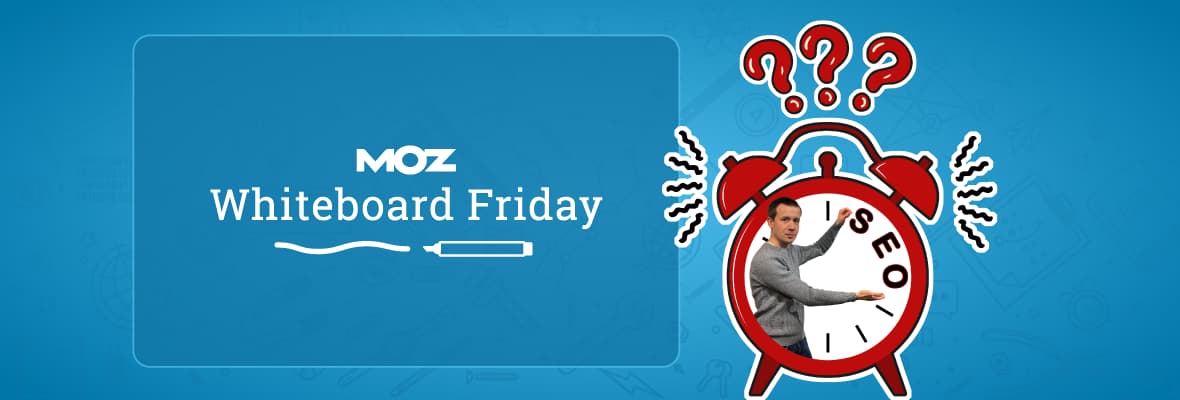Search Intent and the Organic Funnel
: Tom reveals how understanding search intent within the organic funnel can transform your keyword research strategy and drive better results.
The Value of SEO Beyond Traffic and Leads
: Discover why SEO should be viewed as your website's foundation rather than a set-and-forget tactic, and learn to communicate its full business impact.
Top SEO Tips for 2024
: Crystal shares essential strategies for navigating SEO in an AI-driven landscape, helping you adapt and thrive in this transformative year.



























